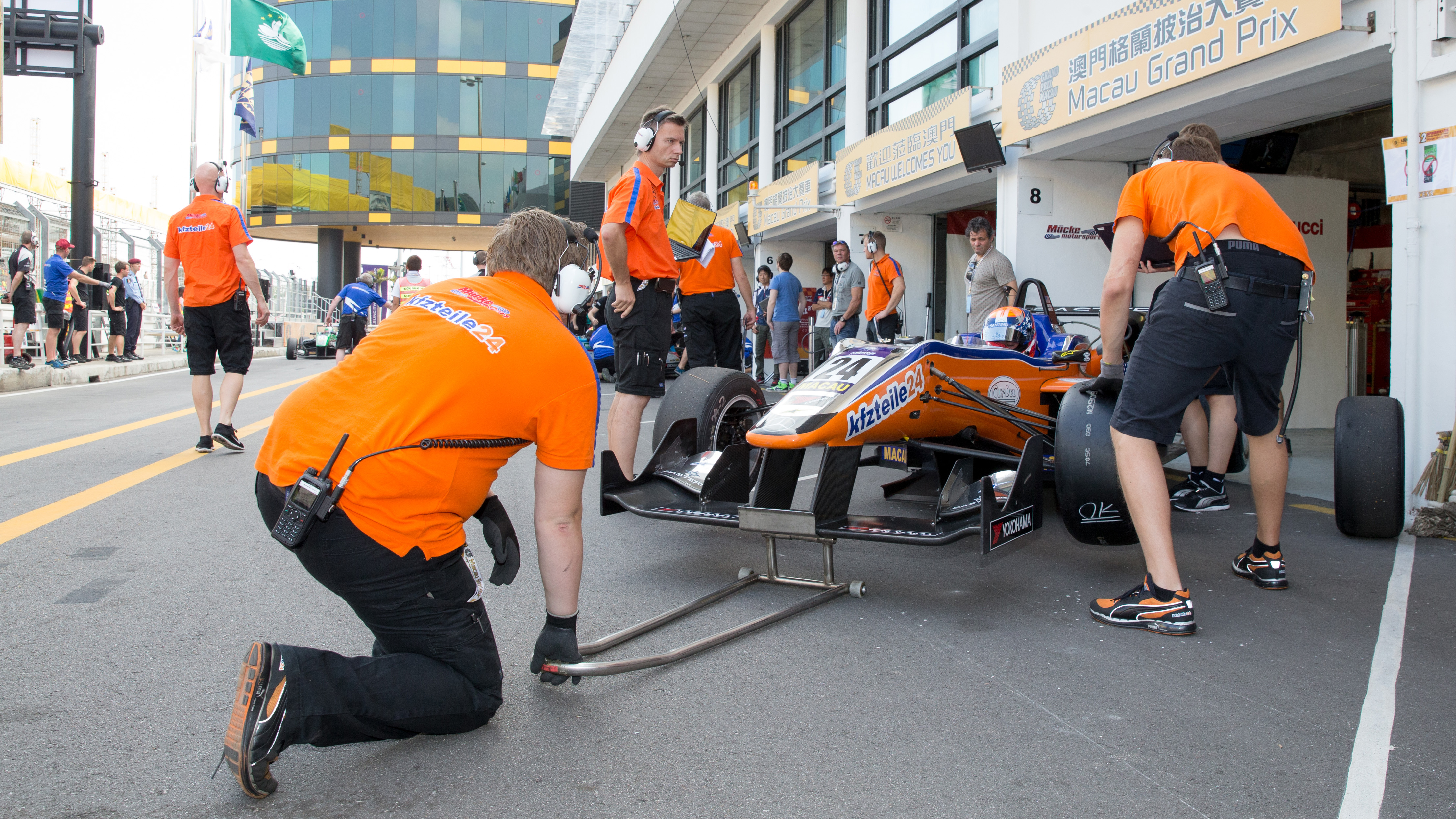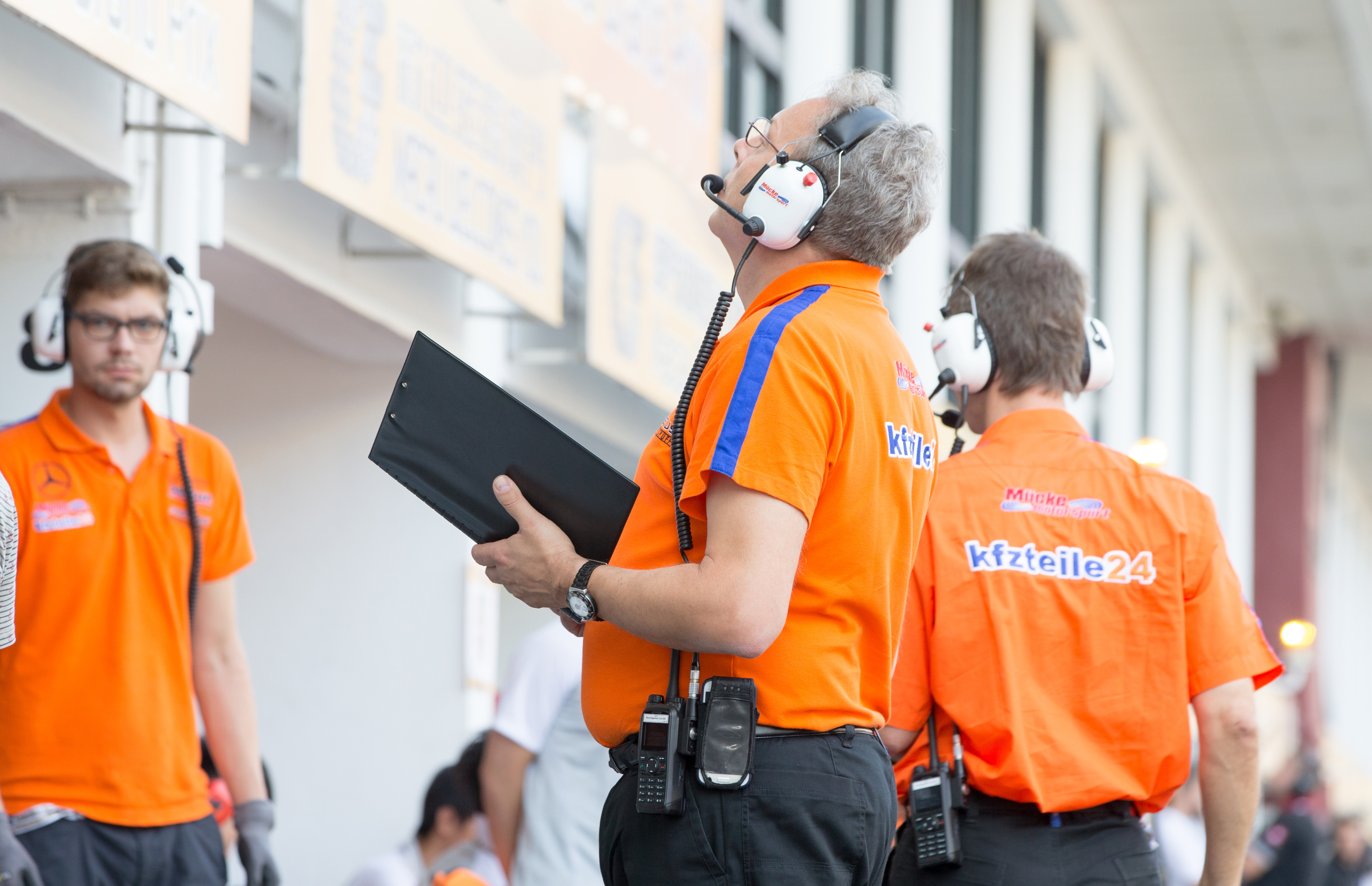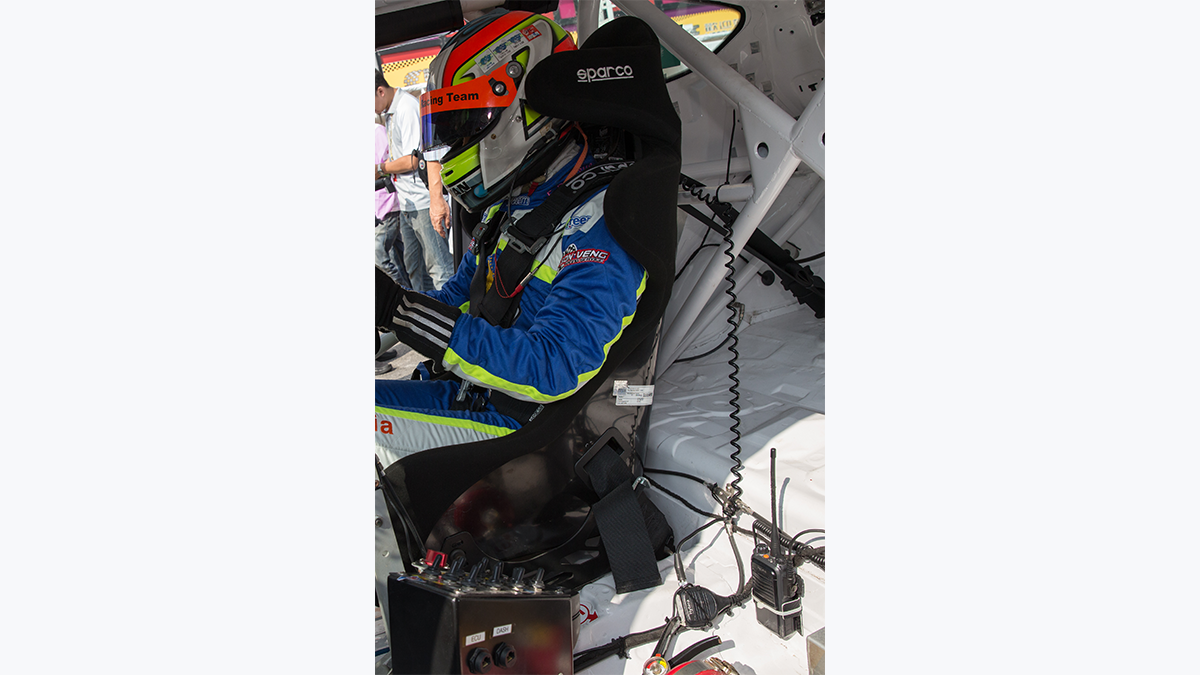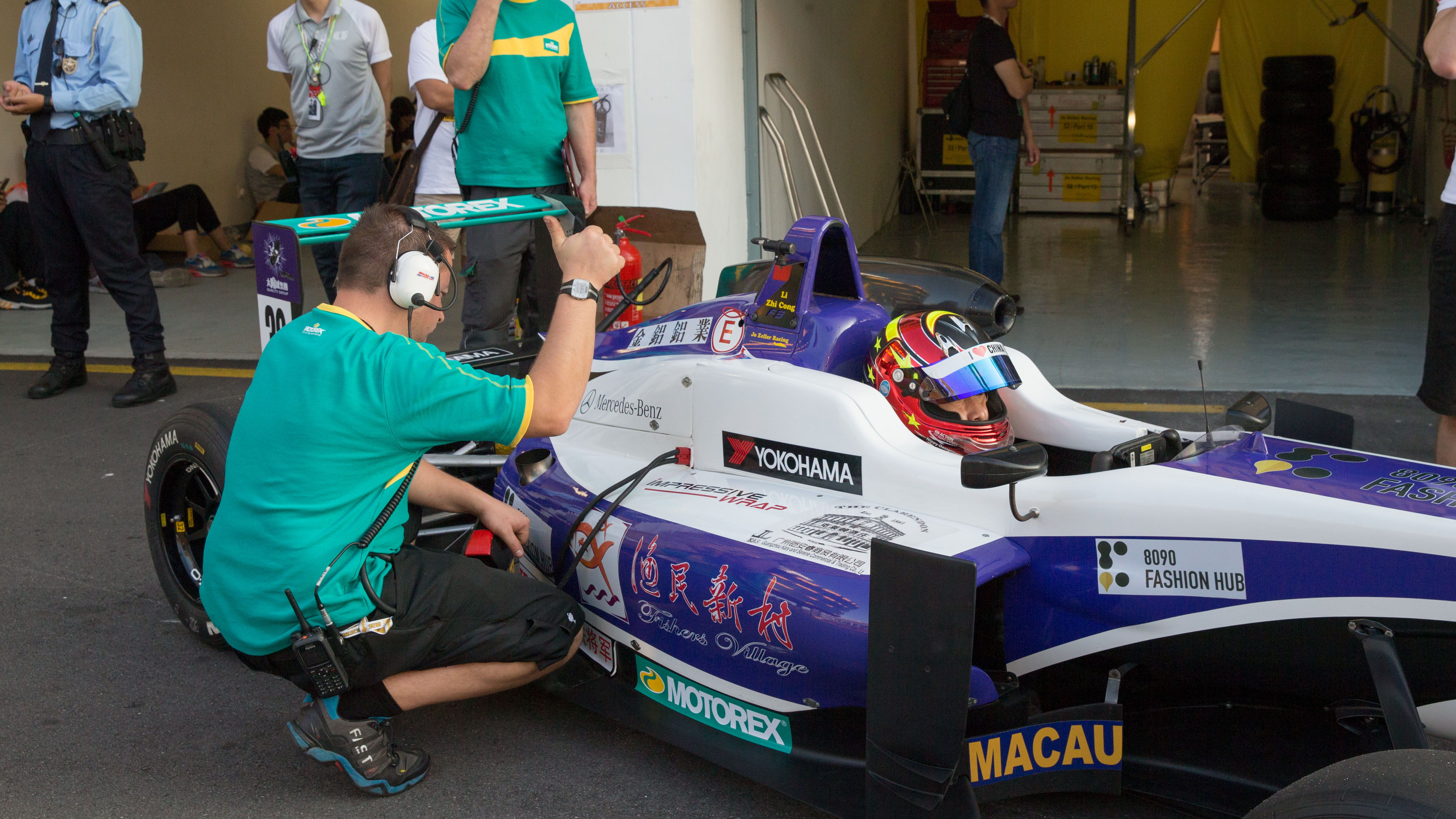F1: More Than Just Speed—The Pinnacle of Team Coordination
Business Critical

With the global release of F1 The Movie, audiences have been immersed in the roar of engines, the thrill of high-speed racing in IMAX, and the pulse-pounding soundtrack composed by Hans Zimmer under Dolby Atmos. It's a multisensory experience that has reignited public fascination with the inner workings of Formula 1 teams. But behind the spectacle lies a deeper question:
Why do F1 team members all wear headsets during races?
How does the driver know when to pit?
At 300 km/h, how do they actually "communicate"?
One line—spoken by the female lead Kate in the film—perfectly captures the essence of F1:
"Formula 1 is a team sport."
While the spotlight often focuses on the lone driver, every victory on the track is actually a result of synchronized collaboration between engineers, strategists, mechanics, and race control. At the heart of this collaboration is a robust wireless communication system, including dispatch platforms, professional radios, and the often-overlooked tactical headset system.
In this system, headsets are more than just accessories—they are essential to maintaining a seamless, closed-loop of team coordination.

Why Do Racing Teams Need Headsets?
To ensure crystal-clear communication in an environment filled with engine roars and wind turbulence, headsets play a critical role.
F1 tracks regularly exceed 120 decibels of ambient noise, with complex acoustic reflections and constant interference. A professional-grade headset must provide:
- High-level passive and active noise cancellation to block disruptive background noise;
- Anti-vibration structure to endure G-forces and motion;
- Seamless integration into racing helmets for stability and comfort;
- Support for VOX (voice-activated) or PTT (push-to-talk) functions to reduce distractions.
The headset is not just for hearing—it's the frontline interface of the tactical communication system, enabling uninterrupted information flow between command and cockpit.

What Keeps F1 Drivers in Sync?
In F1, touring cars, and rally races alike, teamwork is not based on intuition but built on a well-structured closed-loop communication network—what insiders often refer to as the team radio system.
To keep race control, strategists, engineers, and drivers operating in sync, the communication system must meet strict technical standards:
- Ultra-low latency (<100ms) to ensure real-time command delivery;
- Resilience to electromagnetic interference, especially in high-power environments;
- Dedicated channel management to prevent public radio disruptions or signal overlaps;
- Enhanced voice clarity, with integrated noise-cancelling algorithms through headsets and DMR systems;
- Flexible dispatching, supporting one-to-one, one-to-many, and cross-role communication.
This isn't just a radio system—it's the central nervous system of team execution and coordination.
And when we revisit that quote—"Formula 1 is a team sport"—we realize that races aren't won by lone geniuses, but by tightly connected systems where every team member stays informed and alert.
F1 is a competition of speed, but also of information flow and rapid decision-making.
And wireless communication is the quiet force that keeps that machine running.
In a sport where milliseconds matter, victory often comes down to who hears first—and who responds fastest.
The voice in the driver's ear is often the team's most hidden advantage.

Formula 1 is a showcase of human engineering, industrial innovation, and collaborative systems at their peak. Behind every race lies a communication infrastructure that demands clarity, reliability, and near-zero delay.






